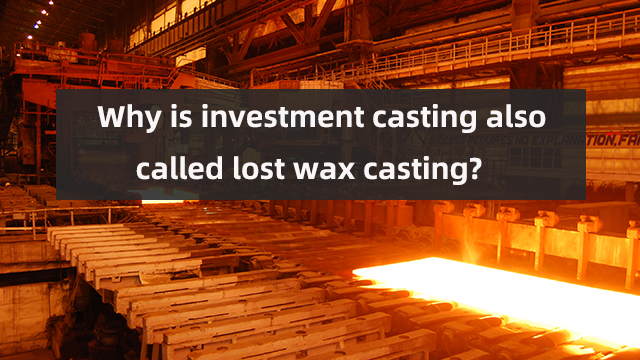Why is investment casting also called lost wax casting?
2025-01-13 15:23:25 hits:0

The reason why investment casting is also known as lost-wax casting lies in the crucial role played by the wax pattern in the process, which is ultimately melted and removed. Specifically, the process of investment casting involves the following key steps:
Production of Wax Pattern: Firstly, a precise meltable model, known as the wax pattern, is created using easily meltable materials such as wax or plastic. This wax pattern has the same shape and size as the final casting.
Application of Refractory Material: Next, multiple layers of refractory material, such as mud or specially formulated refractory coatings, are applied to the surface of the wax pattern. After drying and hardening, these materials form a sturdy mold shell that encapsulates the wax pattern.
Melting of Wax Pattern: Then, the mold shell is heated to a temperature above the melting point of the wax pattern, causing the wax pattern to melt and drain out from the mold shell. This leaves a cavity inside the mold shell corresponding to the shape of the wax pattern.
Firing of Mold Shell: The mold shell, after the wax pattern has been removed, is fired at high temperatures to further strengthen it and remove any residual moisture and volatiles.
Pouring of Molten Metal: Finally, liquid metal is poured into the mold shell through a pouring gate. As the metal cools and solidifies within the mold shell, it forms the desired casting.
Since the wax pattern, which served as the model for forming the internal cavity of the mold shell, is melted and removed during this process, investment casting is also referred to as lost-wax casting. Additionally, investment casting is capable of producing castings with complex shapes and precise dimensions, making it widely used in fields such as sculpture, jewelry making, dentistry, and industrial restoration.

 en
en  fra
fra  de
de  ru
ru  gle
gle  th
th  ara
ara  it
it  jp
jp  kor
kor  zh
zh 


